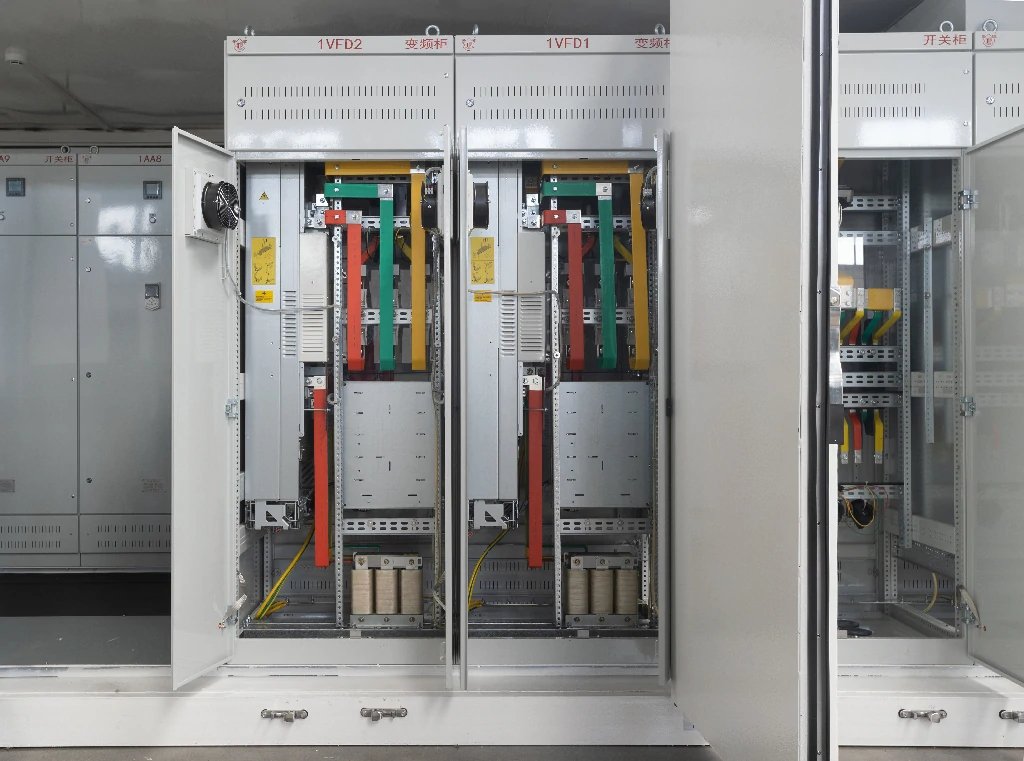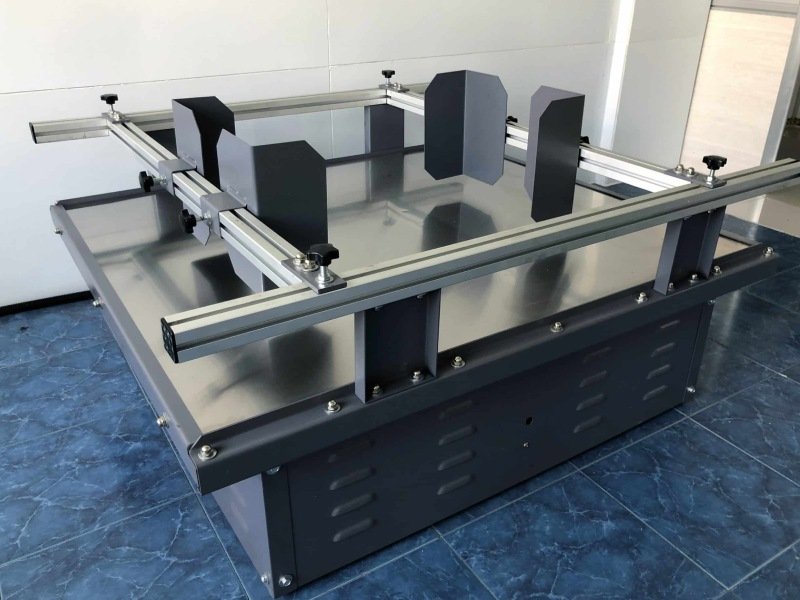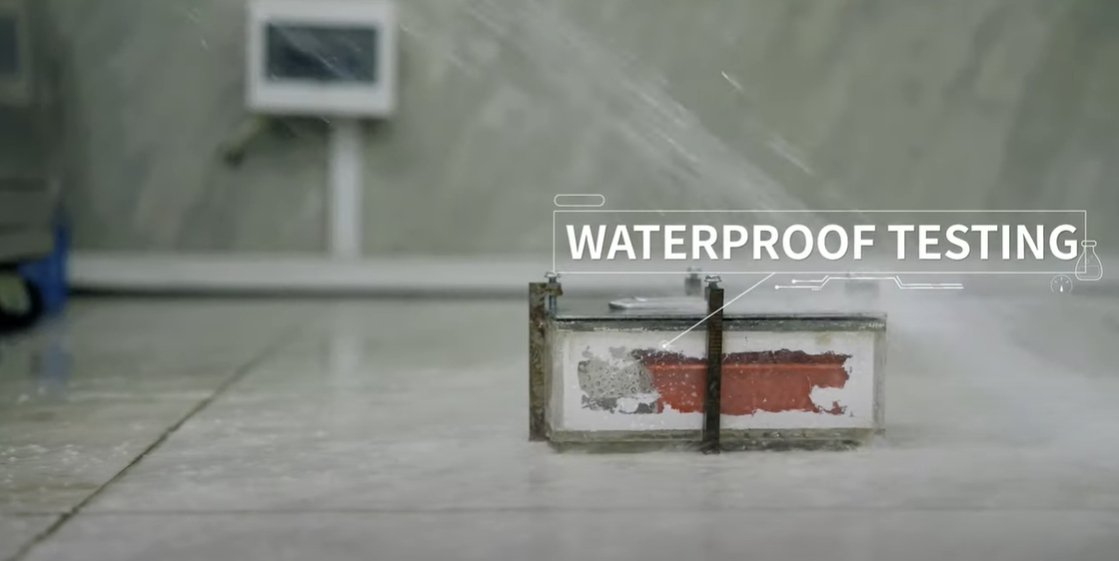In industries such as oil and gas, chemical processing, mining, and pharmaceuticals, hazardous locations pose unique challenges for equipment design and safety. Hazardous locations, as defined by standards like the National Electrical Code (NEC) and the International Electrotechnical Commission (IEC), are areas where flammable gases, vapors, dusts, or fibers may be present, creating risks of fire or explosion. Cabinets and enclosures used in these environments must meet stringent safety standards to prevent ignition of hazardous substances. One critical component of these enclosures is the latching mechanism, which ensures the cabinet remains securely closed while maintaining compliance with safety regulations.
This article explores the key considerations for selecting and designing latches for hazardous location cabinets, tailored to engineers tasked with ensuring safety, functionality, and compliance. We will cover the following aspects: understanding hazardous location classifications, latch design requirements, material selection, environmental considerations, maintenance and testing, and emerging trends in latch technology. By addressing these factors, engineers can make informed decisions to enhance the safety and reliability of enclosures in hazardous environments.
Understanding Hazardous Location Classifications
Before diving into latch-specific considerations, engineers must understand the hazardous location classifications that dictate enclosure requirements. The NEC and IEC categorize hazardous locations based on the type and likelihood of hazardous substances present.
NEC Classifications (North America)
- Class I: Locations with flammable gases or vapors (e.g., gasoline, propane).
- Class II: Locations with combustible dusts (e.g., coal, grain).
- Class III: Locations with ignitable fibers or flyings (e.g., textile mills).
- Division 1: Areas where hazardous substances are present continuously or frequently under normal operating conditions.
- Division 2: Areas where hazardous substances are present only under abnormal conditions (e.g., equipment failure).
IEC/ATEX Classifications (Global)
- Zone 0: An area where an explosive atmosphere is present continuously or for long periods.
- Zone 1: An area where an explosive atmosphere is likely to occur occasionally during normal operation.
- Zone 2: An area where an explosive atmosphere is not likely to occur during normal operation but may occur briefly.
- Dust Zones (20, 21, 22): Similar zoning applies for combustible dusts, with Zone 20 being the most hazardous.
Latches must align with the enclosure’s protection rating, such as those defined by standards like NEMA (National Electrical Manufacturers Association) or IP (Ingress Protection) codes, and comply with certifications like UL, CSA, or ATEX. For example, a latch in a Class I, Division 1 environment must ensure the enclosure remains sealed to prevent sparks or hot surfaces from igniting flammable gases.
Latch Design Requirements
The primary function of a latch in a hazardous location cabinet is to secure the enclosure, maintaining its integrity under normal and fault conditions. The following design considerations are critical:
1. Explosion-Proof and Flame-Proof Design
In Class I or Zone 0/1 environments, enclosures are often designed to be explosion-proof (NEC) or flame-proof (IEC). This means the enclosure can contain an internal explosion without allowing flames or hot gases to escape. Latches must:
- Maintain a Tight Seal: Ensure the enclosure’s gasketed seal is compressed uniformly to prevent gas or dust ingress.
- Withstand Internal Pressure: Be robust enough to resist the force of an internal explosion without deforming or failing.
- Prevent Spark Generation: Avoid designs that could create sparks during operation, such as metal-on-metal contact without proper coatings or non-sparking materials.
For example, a multi-point latching system may be used to distribute pressure evenly across the door, ensuring a consistent seal. Cam latches or compression latches are common choices, as they provide high sealing force without requiring excessive manual effort.
2. Accessibility and Usability
While safety is paramount, latches must balance security with ease of access for authorized personnel. Key considerations include:
- Tool-Operated vs. Manual Latches: In high-risk areas, tool-operated latches (e.g., requiring a key or specialized tool) prevent unauthorized access, while manual latches may be suitable for less hazardous zones (e.g., Zone 2).
- Ergonomics: Latches should be operable under harsh conditions, such as when workers are wearing gloves or in low-visibility environments.
- Tamper Resistance: Latches must resist tampering to prevent accidental or intentional opening, which could compromise safety.
3. Mechanical Strength
Latches must withstand mechanical stresses, including:
- Vibration: Common in industrial settings, especially near heavy machinery.
- Impact: Potential impacts from tools, equipment, or personnel.
- Corrosion-Induced Weakening: Long-term exposure to corrosive substances can degrade latch performance.
Finite element analysis (FEA) can be used to simulate stresses on latch components, ensuring they meet durability requirements. For example, a latch in a Class II, Division 1 environment must resist dust accumulation that could jam the mechanism.
4. Compliance with Standards
Latches must comply with relevant standards, such as:
- UL 1203 (Explosion-Proof and Dust-Ignition-Proof Electrical Equipment for Hazardous Locations).
- IEC 60079 (Explosive Atmospheres).
- ATEX Directive 2014/34/EU for equipment used in explosive atmospheres in Europe.
Engineers should verify that latch designs are certified for the specific hazardous location classification and that they integrate seamlessly with the enclosure’s certification.
Material Selection for Latches
The choice of materials for latches is critical to ensure durability, safety, and compliance in hazardous environments. Key factors include:
1. Corrosion Resistance
Hazardous locations often involve exposure to corrosive substances, such as saltwater in offshore oil platforms or chemicals in processing plants. Common materials include:
- Stainless Steel (316 or 304): Offers excellent corrosion resistance and mechanical strength. 316 stainless steel is preferred for marine environments due to its resistance to chloride corrosion.
- Aluminum: Lightweight and corrosion-resistant when anodized, but less durable than stainless steel in extreme conditions.
- Non-Metallic Materials: Polymers like polyamide or polycarbonate may be used for non-sparking applications, though they may have lower mechanical strength.
2. Non-Sparking Properties
To prevent ignition in Class I environments, latches should avoid materials that could generate sparks. Non-sparking materials include:
- Brass or Bronze: Often used for their non-sparking properties, though they may require coatings to enhance corrosion resistance.
- Non-Metallic Composites: Suitable for dust-prone environments (Class II or Zone 20-22) where metal latches could create friction-induced sparks.
3. Temperature Tolerance
Hazardous locations may involve extreme temperatures, from subzero conditions in arctic oil fields to high temperatures in desert refineries. Latches must maintain functionality across the specified temperature range, typically -40°C to +60°C or higher, depending on the application. Material selection should account for thermal expansion, embrittlement, or softening.
4. Coating and Surface Treatments
To enhance durability, latches may require coatings such as:
- Powder Coating: Provides corrosion resistance and durability for metal latches.
- Electropolishing: Improves stainless steel’s resistance to corrosion and reduces surface friction.
- PTFE or Nylon Coatings: Reduce friction and wear in high-use applications.
Environmental Considerations
Beyond material selection, environmental factors play a significant role in latch performance.
1. Ingress Protection (IP) Ratings
Latches must contribute to the enclosure’s IP rating, which indicates protection against dust and water ingress. For example:
- IP66: Complete protection against dust and high-pressure water jets.
- IP68: Suitable for continuous immersion in water, common in offshore applications.
The latch design must ensure that the enclosure maintains its IP rating under all operating conditions, including during frequent opening and closing.
2. Dust and Debris Accumulation
In Class II or Zone 20-22 environments, combustible dust can accumulate in latch mechanisms, leading to jamming or seal failure. Latches should incorporate:
- Sealed Mechanisms: To prevent dust ingress into moving parts.
- Smooth Surfaces: To minimize dust adhesion.
- Blow-Out Features: To allow trapped dust to be expelled without compromising the seal.
3. Extreme Weather Conditions
Latches in outdoor hazardous locations must withstand UV exposure, freeze-thaw cycles, and high humidity. UV-resistant coatings or materials like UV-stabilized polymers can extend latch lifespan in such conditions.
Maintenance and Testing
To ensure long-term reliability, latches in hazardous location cabinets require regular maintenance and rigorous testing.
1. Maintenance Strategies
- Periodic Inspections: Check for corrosion, wear, or debris accumulation that could impair latch function.
- Lubrication: Use non-flammable, high-performance lubricants compatible with the hazardous environment to reduce friction and wear.
- Seal Integrity Checks: Verify that the latch maintains proper gasket compression to prevent ingress.
2. Testing Protocols
Latches should undergo testing to validate performance under hazardous conditions:
- Environmental Testing: Simulates exposure to temperature extremes, humidity, and corrosive substances.
- Mechanical Testing: Evaluates durability under vibration, impact, and cyclic loading.
- Explosion Testing: Ensures the latch can withstand internal explosion pressures without failing.
- Certification Testing: Verifies compliance with UL, IEC, or ATEX standards.
Engineers should document test results and maintain a maintenance log to ensure traceability and compliance with regulatory audits.
Emerging Trends in Latch Technology
As industries evolve, latch technology for hazardous location cabinets is advancing to meet new challenges. Engineers should stay informed about the following trends:
1. Smart Latches
The integration of IoT (Internet of Things) technology allows latches to incorporate sensors that monitor:
- Seal Integrity: Detects leaks or improper closure.
- Access Events: Logs when the cabinet is opened or closed, enhancing security.
- Environmental Conditions: Monitors temperature, humidity, or pressure to predict maintenance needs.
Smart latches must be designed







